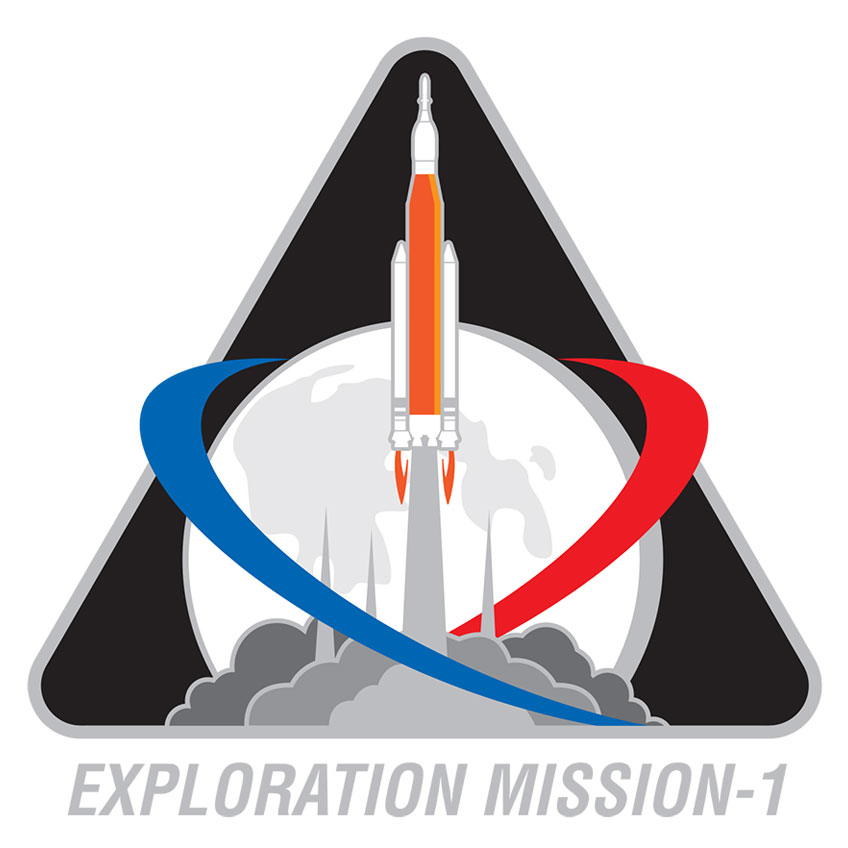Part 1 of 2 Parts
On big national projects there may be friction between politicians who want to show off a new ship, missile, tank, etc. and the engineers who have to build it and sign off it its completion. Sometimes this has led to embarrassment when the demonstration is not successful because the politicians rushed the engineers. We may be headed for just such a situation here in the United States.
The Trump administration wants to demonstrate advancement in their agenda to return to the Moon to create a permanent settlement. They have been pressing NASA to show some progress before the 2020 presidential election such as sending an unmanned capsule around the Moon and returning it to Earth. NASA, in turn, is pressing contractors like Boeing to get the demo flight ready by 2020 and there are problems.
The launch vehicle that Boeing has been building for NASA is now years behind schedule and billions of dollars over budget. Boeing has notified NASA that there is just no way that the system will be ready for launch by 2020. Currently there is an estimate that the vehicle might be ready to launch by November 2021. Reportedly, NASA was furious when notified that Boeing would miss the 2020 deadline.
There was a hearing on March 13th at the Senate Commerce, Science and Transportation Committee. The NASA administrator Jim Bridenstine said that NASA would consider shelving the massive Space Launch System for lunar missions being built by Boeing and instead they may use commercially available launch services for the Exploration Mission-1 (EM-1) lunar mission in 2020.
Senator Richard C. Shelby (R-Ala.) is chairman of the appropriation committee and has been the chief Congressional supporter of the Boeing SLS project which has brought a lot of jobs and money to Alabama. Political pressure has kept the dollars flowing to the SLS project in spite of delays and cost overruns. Critics have taken the opportunity provided by the status of the SLS project to attack the rubber stamp attitude of Congress for Boeing and the SLS.
The announcement by the NASA administrator rattled the U.S. space industry. NASA may radically change its approach to launch space missions. The reputation of NASA will suffer because of this major problem with the NASA flagship rocket program and Boeing, its main contractor. It does not help Boeing to have these criticisms surface at the same time as Boeing is being attacked for the crash of two of its 737 airliners. One of the main questions raised at the hearing was whether or not NASA needs to construct and own a heavy-lift rocket. The private space sector already has launch vehicles in operation. They may not have the capacity of the SLS but they are much cheaper to operate and can reuse some components. Some companies are working on rockets that could rival the SLS in launch capacity. The latest budget request from the Trump administration includes mention of a commercial rocket replacing the SLS in a planned mission to send a robotic probe to Europa, a moon of Jupiter that may harbor life.
The Trump budget also requests the use of commercial launch vehicles to place a new space station called the Gateway in an orbit around the Moon. Bridenstine also testified that commercial space vehicles could be used to ferry astronauts to the Gateway station. A planned mission to use the SLS to haul an asteroid into lunar orbit for investigation has been cancelled.
Please read Part 2
